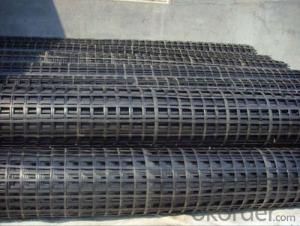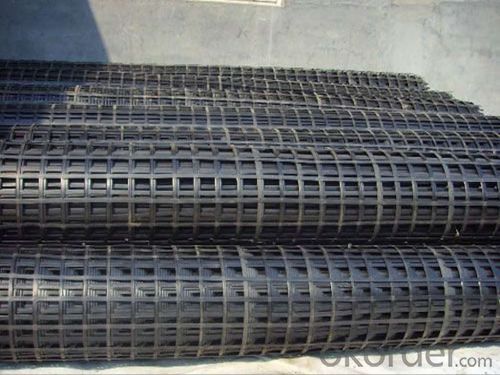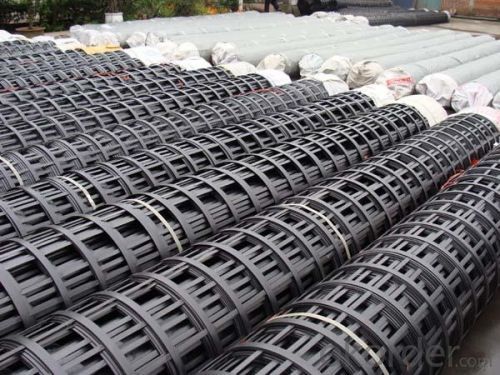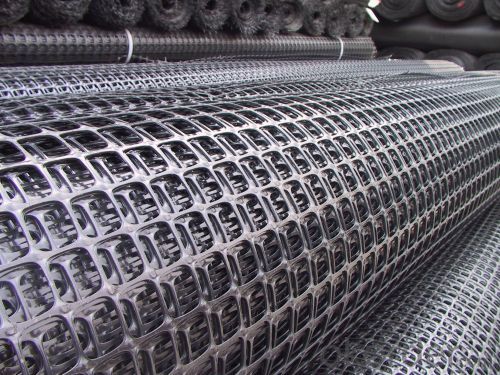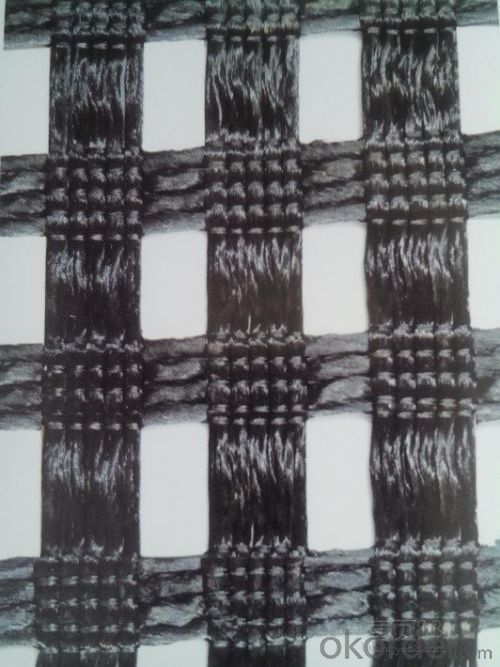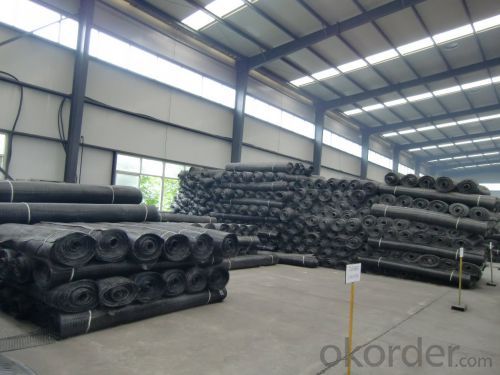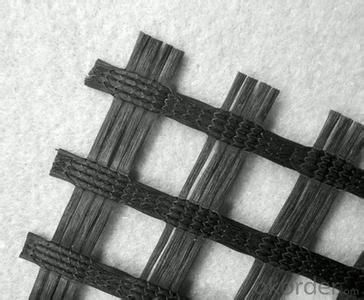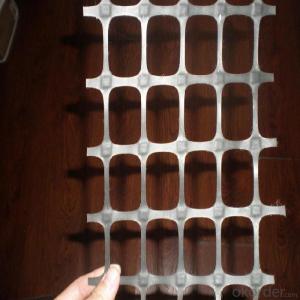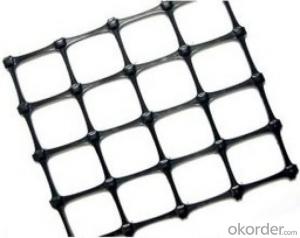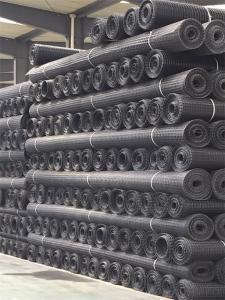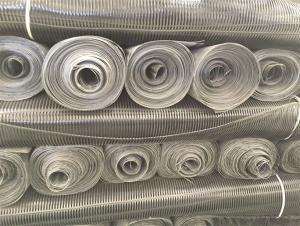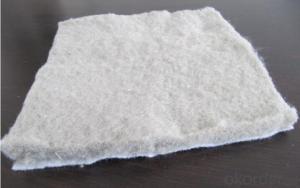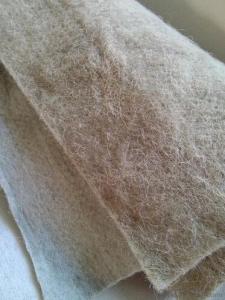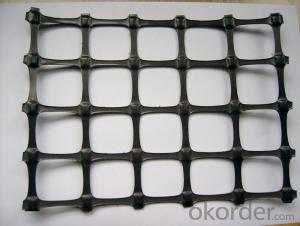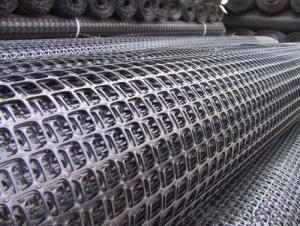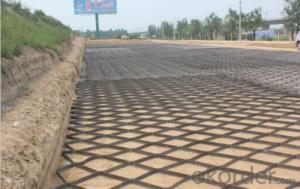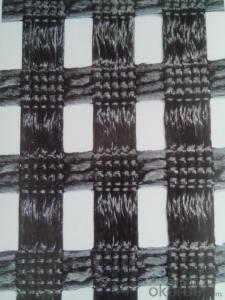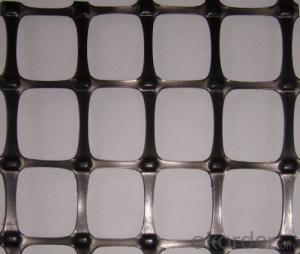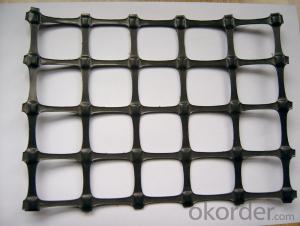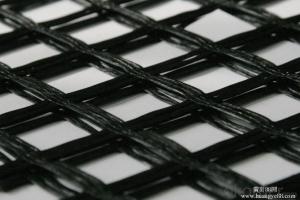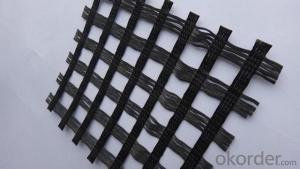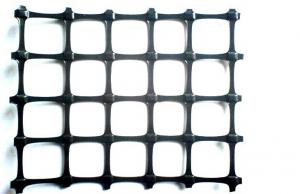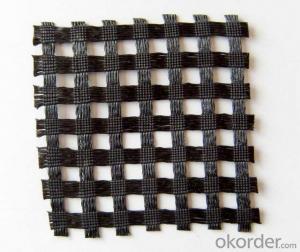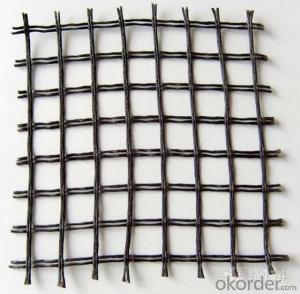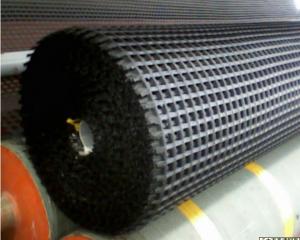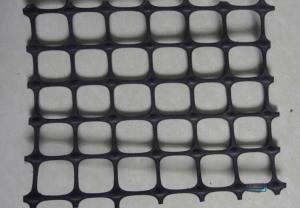Geogrids Company Plastic Biaxial Geogrid for Road Construction 15KN-50KN
- Loading Port:
- China main port
- Payment Terms:
- TT OR LC
- Min Order Qty:
- 20000 m²
- Supply Capability:
- 2000000 m²/month
OKorder Service Pledge
OKorder Financial Service
You Might Also Like
Biaxial PP Geogrid,
Biaxial geogrids are made of macromolecule polymer by the process of being stretched out, formed into lamella, punched regularly and then longitudinal and transverse elongated. They have much higher longitudinal and transverse tensile strength. These structures can supply alinking system to soil, which be used broadly to enable the permanent bearing capacity of roadbed.
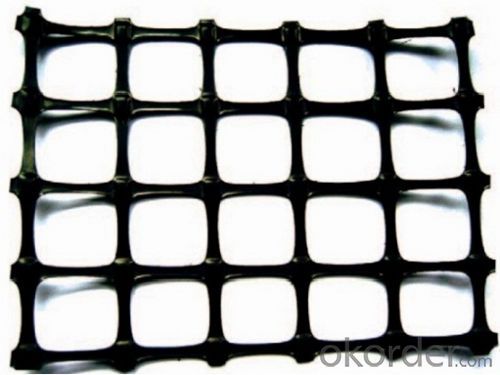
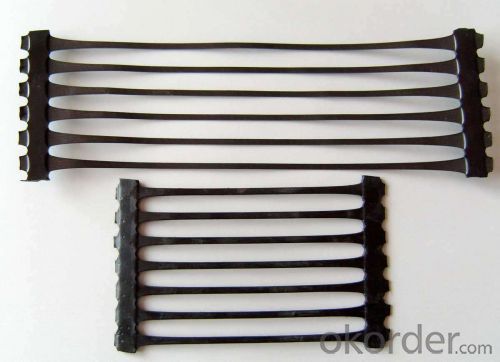
Biaxial Geogrid Features:
1. high tension resistance.
2. high plane torsion resistance modulus.
3. good creep resistance and stable chemical nature.
4. high mechanic damage resistance.
5. reduce filling thickness, improve bearing capacity.
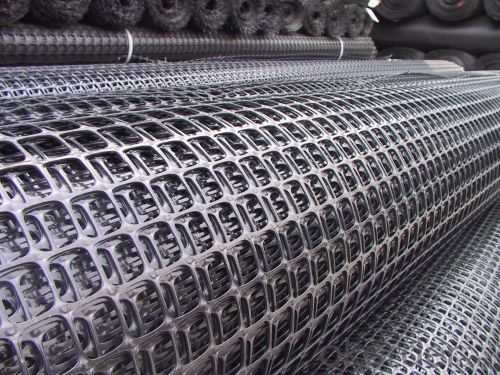
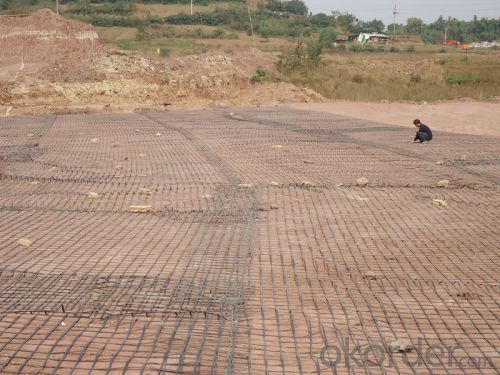
Geogrid Features:
(1)High intension,high tenacity,high occlusive force with soil or gravel,erosion-resistant,
water drainage,light weigth.
(2)Reinforce soft soil roadbed,rib side slope of embankment,enhance isolation,
inhibit ground deformation,prevent crack by reflection,increase strength of roadbed.
Geogrid Usages:
1.Increasing the bearing capacity of roadbed and prolonging its service life.
2.Preventing road surface and foundation from subsiding or cracking and keeping clean and beautiful ground surface.
3.Being convenient for construction,saving time and labor, shortening construction period and maintenance cost.
FAQ:
Q: What is your MOQ?
A: Normally, 1000 m2 per order.
Q: What is your delivery time? Can we have it sooner?
A: 2 days for sample, 3-5 days against 1x40HQ
Q: What is your payment terms?
A: T/T, Paypal (3% surcharge), Western Union or 30% deposit 70% L/C.
- Q: What is a geogrid?
- A geogrid is a type of geosynthetic material made of polymer or fiberglass that is used to reinforce soil or other materials in civil engineering projects. It is commonly used to increase the strength and stability of retaining walls, slopes, and roadways by distributing the load and preventing soil movement.
- Q: What is the role of geogrid?
- The geogrid in the highway is mainly used for soft foundation treatment, subgrade reinforcement, slope protection, abutment reinforcement, wing walls, retaining walls, isolation and reinforced soil engineering, highway, railway,.1, abutment approach, wharf, dams, slag field in soft soil foundation reinforcement, retaining wall and road surface crack engineering.2, in areas such as railway use of geogrid can avoid premature Railway on soft ground settlement and damage, 3 generation of geogrid used in embankment, dam, - River, canal, sea levee, reservoir reinforcement and other water conservancy projects 4, geogrid reinforced foundation can greatly improve the airport runway the carrying capacity, ensure aircraft safety 5, geogrid can be used for landfill site processing, power plant, ash dam project, coal mine, metallurgy, greening, fence and other areas 6, building structure of soft foundation reinforcement, improve the whole foundation Bearing capacity
- Q: Can geogrids be used in reinforcement of soft ground?
- Yes, geogrids can be used in the reinforcement of soft ground. Geogrids are commonly used to improve the stability and load-bearing capacity of weak or soft soil by distributing the applied loads and reducing settlement. They are effective in reinforcing soft ground and can provide increased strength and stability to the soil, making them a suitable solution for various civil engineering and construction projects.
- Q: Are geogrids suitable for reinforcement of steep slopes?
- Yes, geogrids are suitable for reinforcement of steep slopes. Geogrids provide stability and reinforcement to the soil, preventing erosion and slope failure. They are designed to distribute the load and increase the strength of the soil, making them an effective solution for reinforcing steep slopes.
- Q: What is the number of tensile elements of Geotextiles
- The number of stretching unit is mainly for the poor personal sense of woven geotextile, geogrid, geogrid or other similar loose material, the width of the tensile specimen of 1m unit number is 1m in the width of how many holes or how many lattice
- Q: Can geogrids be used in retaining walls for highway sound barriers?
- Yes, geogrids can be used in retaining walls for highway sound barriers. Geogrids are often used in retaining walls to provide additional reinforcement and stability. They help distribute the load and improve the overall strength of the retaining wall. In the case of highway sound barriers, geogrids can be utilized to enhance the structural integrity of the wall while also reducing noise pollution.
- Q: Can geogrids be used in soil stabilization for parking lots?
- Yes, geogrids can be used in soil stabilization for parking lots. Geogrids are commonly used as a reinforcement material to improve the load-bearing capacity of soil and prevent its movement, which is beneficial in parking lots where heavy vehicles are often present. By providing additional strength and stability, geogrids help to prevent the formation of potholes, rutting, and other damage caused by the repetitive loading and unloading of vehicles.
- Q: What is the purpose of using the three - way geogrid in the gravel layer
- So that the crushed stone layer is more solid and meets the design requirements.
- Q: Each side of geogrid is not less than 3 meters, what does it mean?
- Design requirements obviously not for this purpose, I consider is not a few geogrid lap width than the roadbed width of three meters, and then backfill roadbed soil after 60 or 80 cm and then the two sides of the geogrid back.
- Q: What is the recommended overlap for geogrid installation?
- The recommended overlap for geogrid installation is typically 1 to 2 feet or 30 to 60 centimeters.
Send your message to us
Geogrids Company Plastic Biaxial Geogrid for Road Construction 15KN-50KN
- Loading Port:
- China main port
- Payment Terms:
- TT OR LC
- Min Order Qty:
- 20000 m²
- Supply Capability:
- 2000000 m²/month
OKorder Service Pledge
OKorder Financial Service
Similar products
Hot products
Hot Searches
Related keywords
